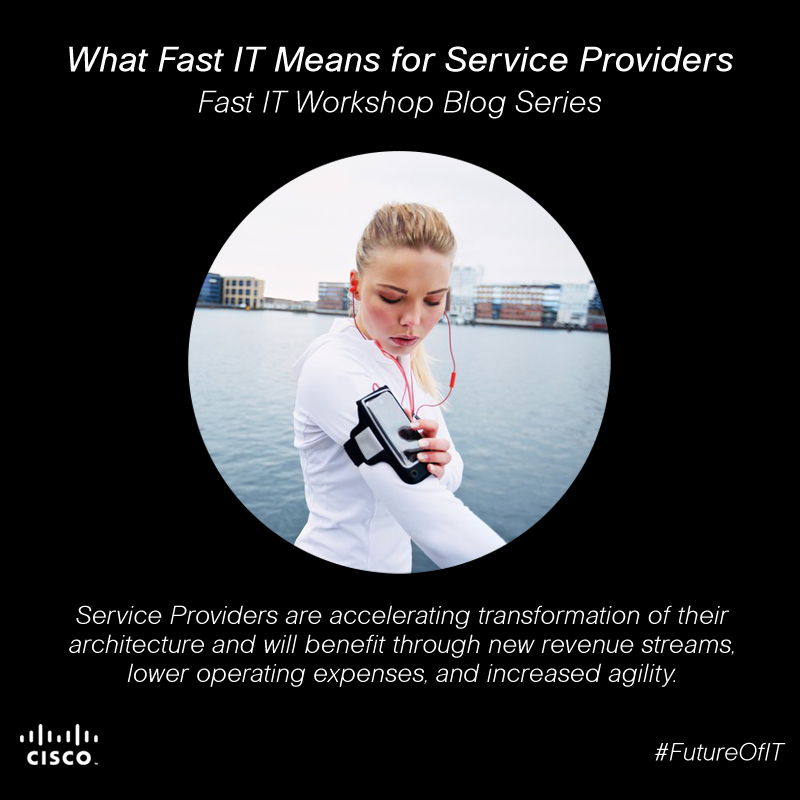What If…
…You have access to unlimited computing power at a reasonable price…
…You have access to unlimited storage and bandwidth at a reasonable price…
…Everything is connected to everything else…
Then…
Would you still provide healthcare and education in the same ways?
Would you run cities the same way?
Would you live your life the same way?
I think you’ll agree that the answer is no.
The Internet has already radically changed the way most of us live our lives. If we take a look at the challenges facing cities today–overcrowding, traffic, areas of poverty, crime, limited access to healthcare, education, citizen services—we recognize the opportunity for the Internet—as it evolves—to radically change the way we address these challenges as well.
New Answers to Big Problems
But to do so, we need to ask some simple, yet profound questions: Why is there traffic? How do we dispense medical information and healthcare more efficiently when 70% of the time a doctor doesn’t need to actually be in the room to help you? Can we provide more efficient street lighting and still keep our streets safe? How do we continue to provide adequate citizen services as cities grow by 10,000 people per hour?
The growth and convergence of things and data as well as people and processes on the Internet–which Cisco calls The Internet of Everything (IoE)–is allowing us to look at the challenges our cities are facing in new ways. At the same time technology is evolving, the price for computing, storage and bandwidth has dropped to nearly free.
Everything is Being Connected
By 2020–only a few years from now–upwards of 50 billion devices–video cameras, home security systems, refrigerators, your car, your medication, maybe even your baby’s diaper–will be connected to the Internet, each one requesting and generating more and more data. And that data will need to be analyzed and packaged to make it useful.
Cisco has estimated that the value of all of these connections in terms of the opportunities and the savings they represent to be a startling $19 trillion over the next decade…and the portion of that dedicated just to public-sector activities to be $4.6 trillion.
Big Opportunities for Cities that Get Smart
Cisco’s Smart+Connected Communities (S+CC) initiative applies the power of IoE to the problems faced by cities. We’ve crafted a set of architectures and a growing portfolio of solutions to allow cities to gather relevant data, analyze it, process it, share it and deliver it to the right people, places, and things to make things happen. Whether it’s to change the stop lights to green as an ambulance is making its way to a hospital or automatically alert the public when the water supply has been compromised, a smart, connected city has more tools in its arsenal to address its most pressing challenges – and leverage new economic opportunities.
Barcelona is a prime example of a city – along with dozens more including Amsterdam, Hamburg, Copenhagen, Abu Dhabi, Dubai, Songdo–that has already embraced the smart vision and is making radical architectural, technological and process investments for their future by engaging in a variety of smart, connected city projects.
https://www.youtube.com/watch?v=TCbvxb5t5_8
Continue reading “#SmartConnectedCity Series: Tackling City Challenges and Creating Opportunity with IoE and Smart+Connected Communities”
Share:
 Did you know in Japan, 90% of mobile phones are waterproof because youngsters use them even in the shower?
Did you know in Japan, 90% of mobile phones are waterproof because youngsters use them even in the shower?



CONNECT WITH US